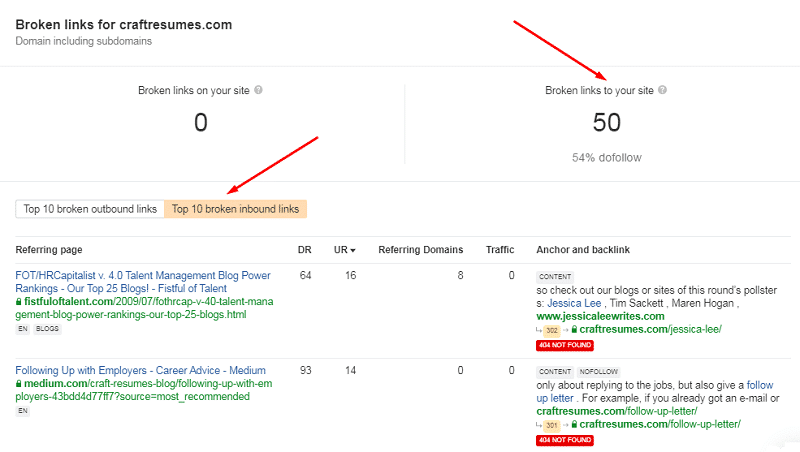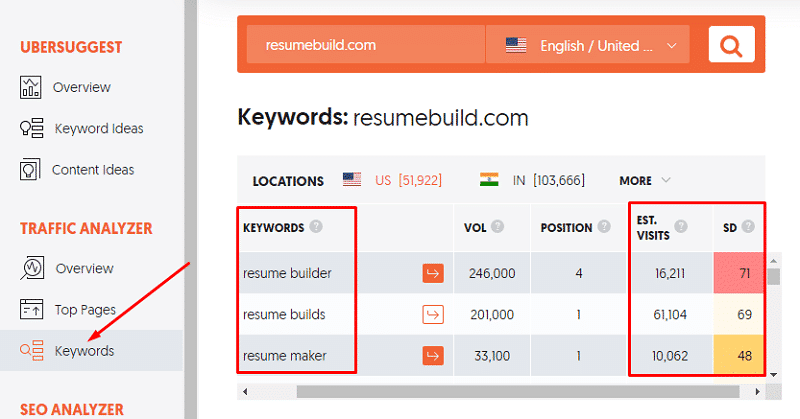How To Perform An SEO Competitor Analysis, Simplified
SEO competitor analysis is not rocket science, but it usually gets complicated in no time.
Thank you for reading this post, don't forget to subscribe!Have you ever found yourself trapped in long technical audits of competing domains?
And once they’re complete, you need to scratch your head over how to make use of the results you receive.
No worries! You can go a much easier way following this simplified guide.
Learn what kind of competitors’ data will make sense for your campaigns and how to gain access to it.
1. Research competitors’ backlink profiles
Google officially confirmed that backlinks define search rankings.
So, if you’re struggling to outrank your competitors, it’s a weaker backlink profile that sets you back.
Analyze their backlink profiles to find out where companies in your niche, including yours, are most welcome.
Here are the insights you can gain:
- who links to your competitors regularly;
- what kind of content brings them the most links;
- where their guest posts are accepted, etc.
Want to dig deeper into link building? Check out resources with must-have tools, actionable strategies, and types of link-worthy content.
Link Building Strategies: The Complete List | Backlinko
Best Backlink Checkers | Linkio
9 Types of Content That Attract The Most Backlinks | QuickSprout
2. Find competitors’ dead pages with live backlinks
Do your competitors’ dead pages still have live backlinks coming from other sites?
You’re lucky if they do, as these are your low-hanging fruit.
Technically, those links are broken, as they lead to nowhere. All they do is clutter up websites.
You can reach out to webmasters and suggest your live link to similar content as a replacement.
Webmasters hate having issues on their sites, so they’ll find value in your pitch.
To check competitors’ dead pages, use broken backlink checkers like this one.
3. Uncover competitors’ organic keywords
Another stage where things usually get complicated is keyword research.
Tools like Google Keyword Planner (GKP) can give you tens of thousands of keyword ideas.
Imagine how much time it’ll take you to analyze them one by one. Days? Longer?
A shorter way to go is to check competitors’ organic keywords. They’ve already taken care of that tedious keyword research.
SEO tools like Ubersuggest can show you keywords your competitors rank for, along with insightful metrics like:
- estimated monthly visits;
- SEO difficulty (SD), i.e. how difficult it is to rank for a keyword.
4. Spy on competitors’ PPC keywords
PPC keywords play an important role in your SEO competitor analysis too.
If someone is generous enough to pay for clicks, keywords they bid on must convert.
Feel free to borrow competitors’ PPC keywords for your organic search strategies.
No big deal if some of them don’t get too many searches per month.
Let’s compare search volumes for “create resume online” and “free resume templates” in GKP.
While the latter can get a million searches monthly, it’s unlikely to convert. All searchers need a freebie.
5. Analyze competitors’ top pages
There’s no problem entering any competing domain and digging into loads of their posts. You may come up with a bunch of content ideas that way.
But you won’t know which posts bring them visitors and which ones take space for no reason.
Instead, analyze competitors’ top pages that generate organic traffic. These are the topics to replicate on your blog in the first place.
As shown below, you’ll also be able to estimate the traffic potential for each topic.
Bottom Line
With the right tools at hand and some wit, you’ll find it easy-breezy to follow this short guide.
The best part is that you won’t miss anything important. Competitors’ backlinks, content strategies, organic and paid keywords will all be on your radar.
Have any questions about SEO competitor analysis? Drop us a line in the comments!





